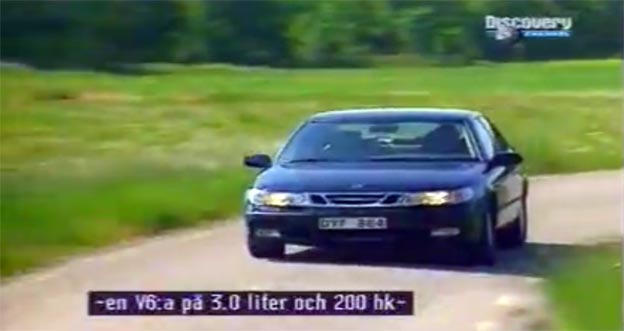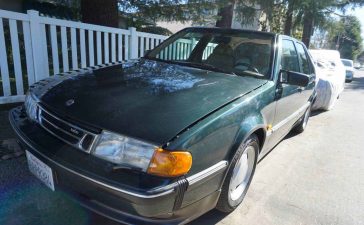On December 1, 1955, the automotive world witnessed a significant milestone in the history of Swedish car manufacturing. Saab, a relatively new player in the industry at the time, unveiled its Saab 93 model, marking a pivotal moment in the evolution of the brand. In this article, we will delve into the transformation of the Saab 92 into the Saab 93, exploring the design changes, engineering innovations, and the impact it had on Saab’s journey to automotive excellence.
Table of Contents
Design Evolution: Sixten Sason’s Touch
As Saab entered its seventh year of production, the company embarked on a journey to revamp its existing model, the Saab 92. The result of this effort was the Saab 93, introduced in December 1955. While the fundamental design remained relatively consistent, the newcomer exuded a fresh and modern appeal.
Renowned designer Sixten Sason played a pivotal role in redefining the Saab’s aesthetic. The Saab 93 featured redesigned front fenders, a new hood, and updated bumpers. Notably, the iconic front grille, characterized by its vertical slits, made its debut with the Saab 93, setting a design standard that would endure for years to come. This new design gave the Saab 93 a friendly and satisfied appearance, contrasting with the Saab 92’s somewhat stern countenance.
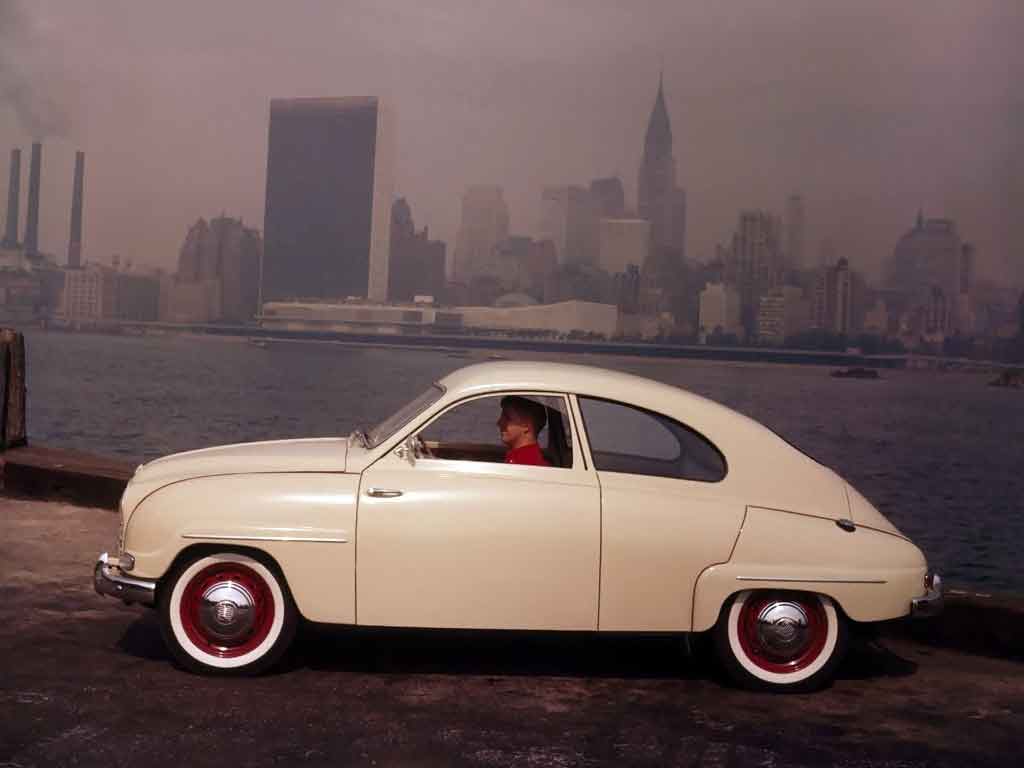
Engineering Advancements Under the Hood
Beneath the surface, the Saab 93 brought significant engineering improvements. The most notable upgrade was the introduction of a longitudinally mounted three-cylinder engine with a displacement of 748 cubic centimeters, producing 33 horsepower. This replaced the older two-cylinder engine, which generated 28 horsepower. Other noteworthy enhancements included a new transmission, an integrated fan, thermostat, and circulation pump, a 12-volt electrical system, improved brakes, a lockable freewheel, coil spring suspension, increased wheelbase, and a wider track.
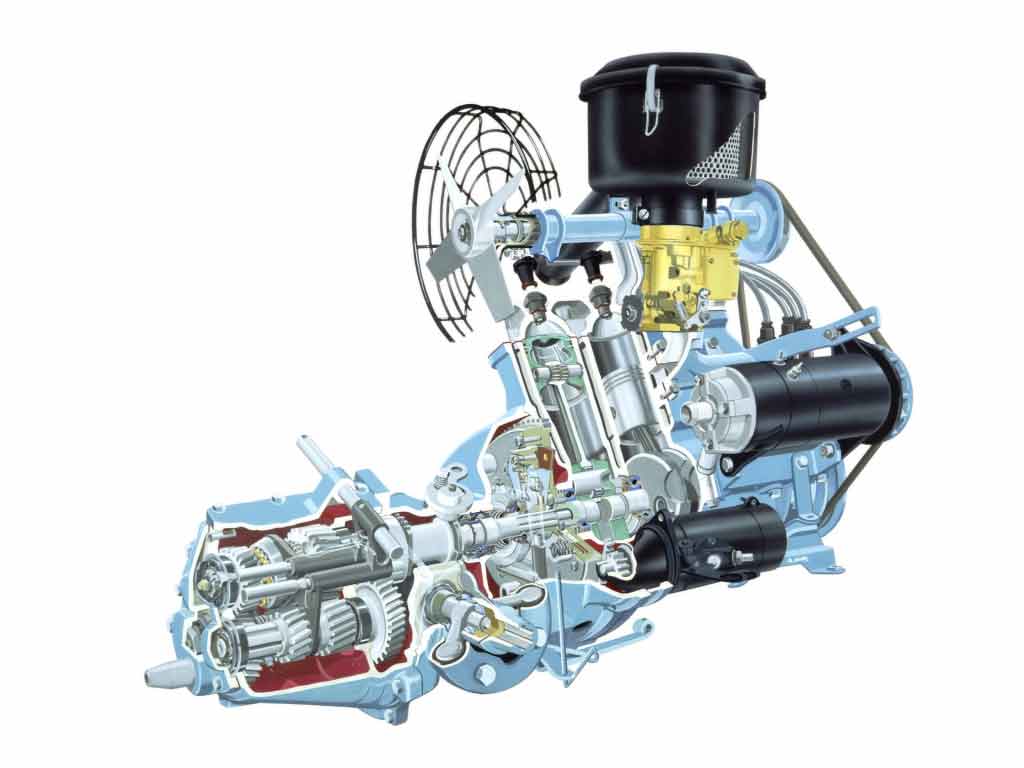
These engineering advancements collectively elevated the Saab 93’s performance, making it more competitive in terms of drivability and comfort. However, the compact interior space remained largely unchanged.
Further Developments and Special Editions
In 1956 and 1957, the Saab 93 saw minimal changes, with the notable addition of the “Saxomat” automatic clutch option in April 1957. The 1958 model year brought more notable updates, including a curved windshield that eliminated the center pillar, the replacement of turn signals with blinkers, the introduction of seatbelt anchors, and the removal of the need for customers to manually mix oil with gasoline, thanks to the introduction of a self-mixing fuel tank.
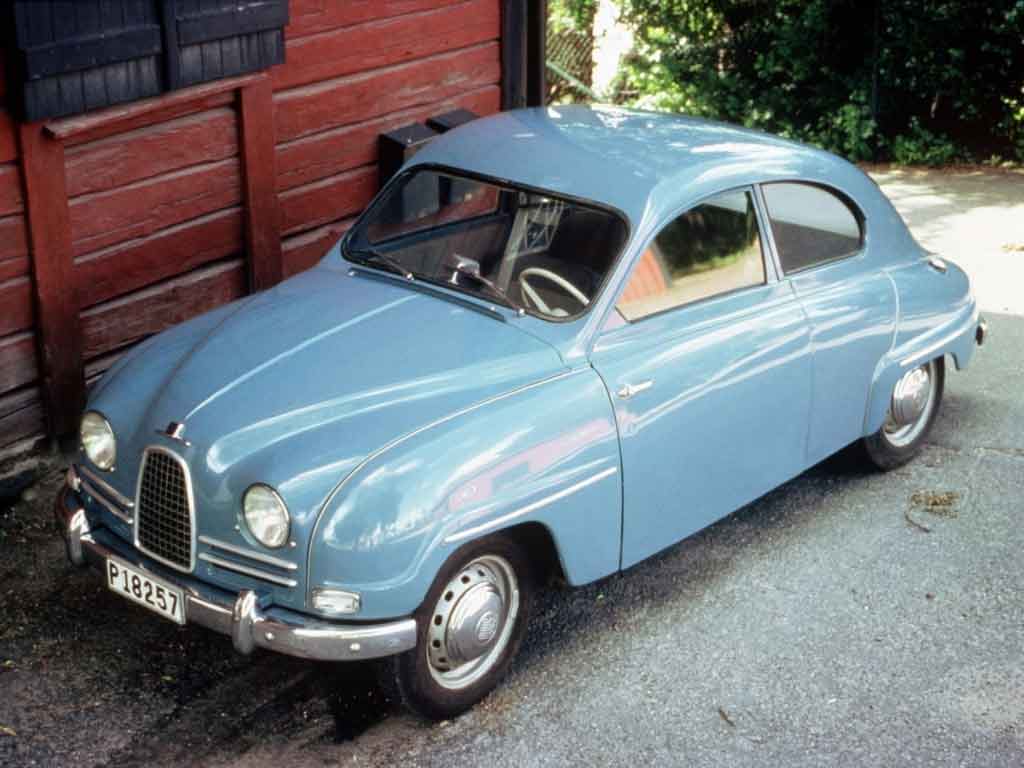
This version of the Saab 93 was known as the Saab 93B, and production approached 15,000 units. Saab continued to excel in rallies during this period, gaining recognition in challenging long-distance races across Europe and the USA. In spring 1958, a special edition known as the Saab Granturismo 750 was introduced, featuring dual carburetors, additional headlights, the distinctive double chrome strips along the lower body, and an extra twelve horsepower.
The subsequent year brought further refinements, such as windshield wiper fluid, new seats, larger brakes, external rearview mirrors, and updated emblems.
The Saab 93’s Legacy
In 1960, the Saab 93 reached the end of its production cycle, marked by the introduction of the Saab 93F. This final iteration featured front-hinged doors, providing a more convenient entry and exit experience for passengers. While annual production for this model was relatively modest, with just over 5,000 units, Saab was already gearing up for the release of the highly modernized Saab 96.
As we reflect on the Saab 93’s journey, we recognize its significance in the evolution of Saab as an automotive brand. The Saab 93 not only showcased the company’s commitment to innovation but also laid the foundation for the future success and legacy of Saab automobiles.







